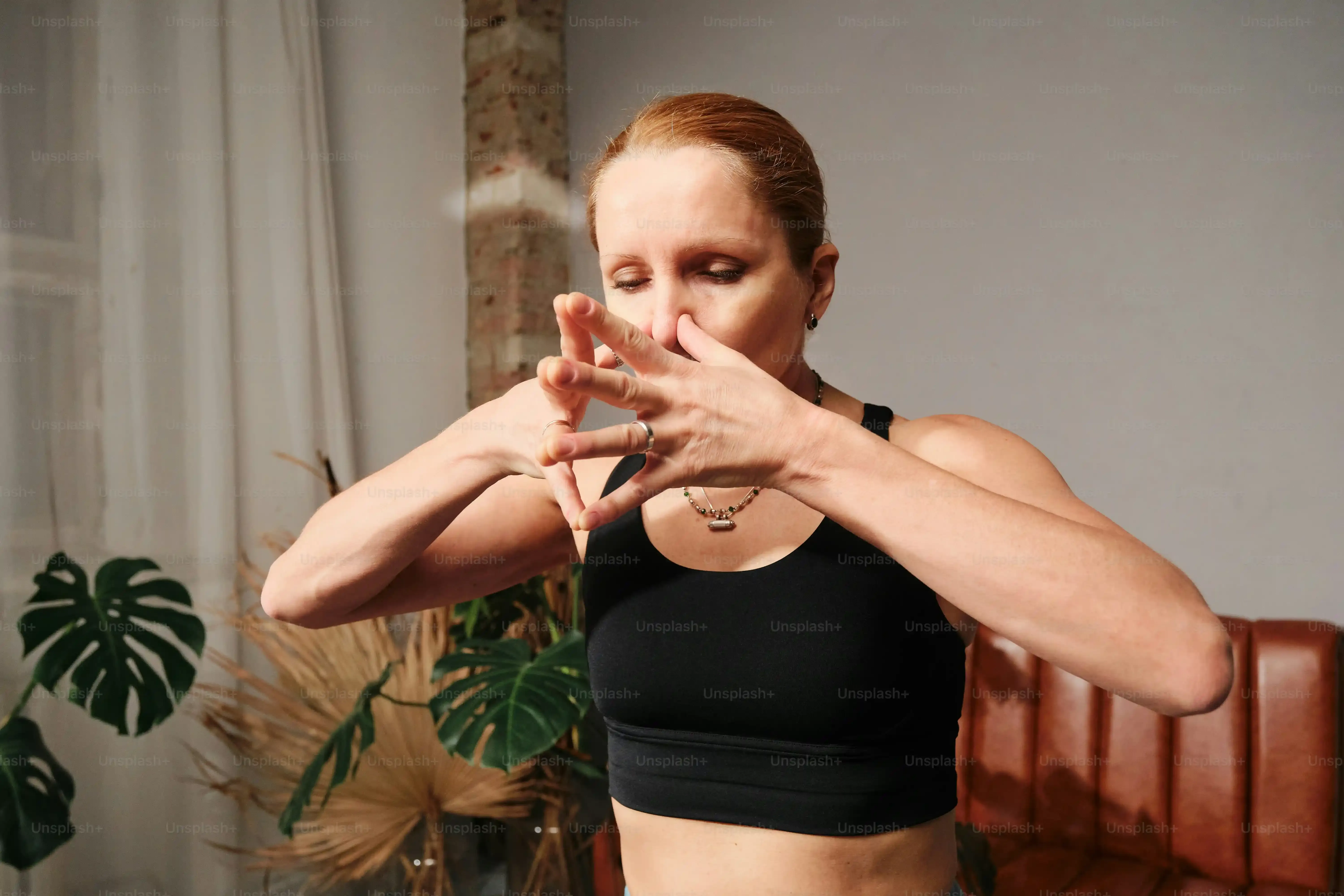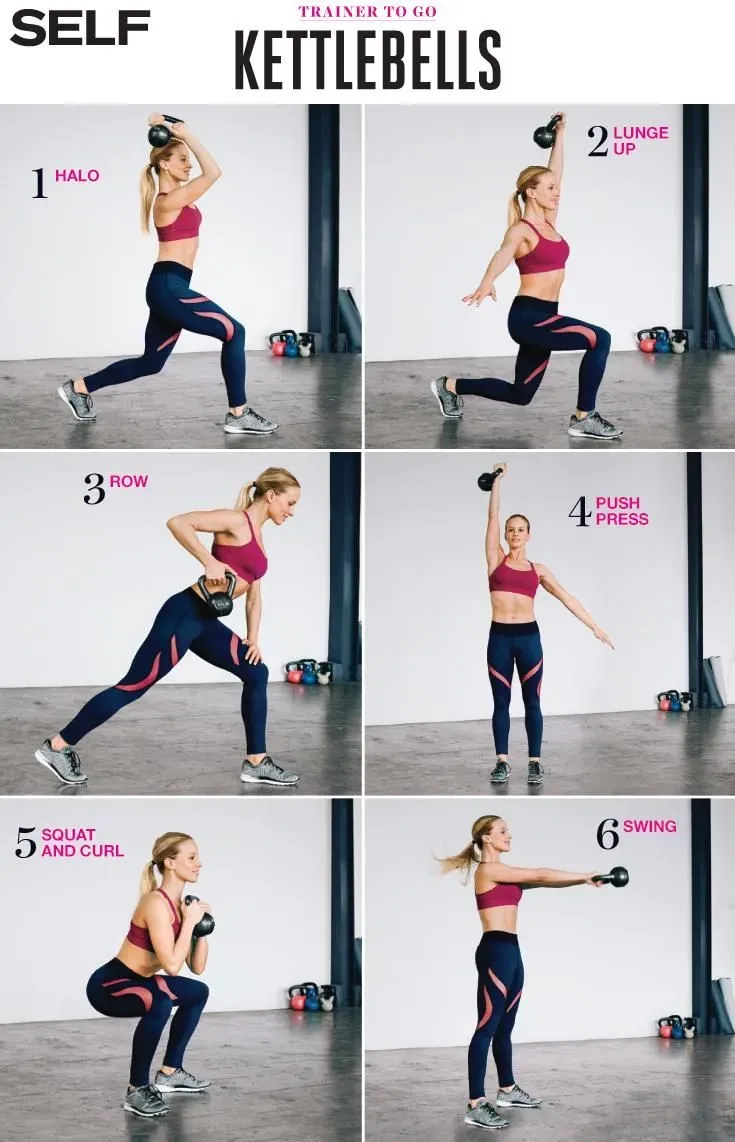Table of Contents
Thinking about getting stronger arms but feel a bit lost on where to start? Maybe you've seen those round weights with handles – kettlebells – and wondered if they're just for the super fit folks swinging them around like pros. Good news: they're not. A solid kettlebell arm workout for beginners is totally doable and incredibly effective.
Why Start a Kettlebell Arm Workout for Beginners?

Why Start a Kettlebell Arm Workout for Beginners?
More Bang for Your Buck (and Time)
Look, we get it. Life is busy. Finding time to hit the gym or even dedicate a solid hour at home feels like a luxury sometimes. That's where a kettlebell arm workout for beginners really shines. You don't need a rack of dumbbells taking up space or complicated machines. One kettlebell can hit your biceps, triceps, shoulders, and even work stabilizing muscles you didn't know you had. It’s efficient, effective, and frankly, less hassle than fumbling with adjustable dumbbells or waiting for someone else to finish on the cable machine.
Build Strength That Actually Helps You
Traditional isolated arm exercises have their place, sure. But how often in real life do you just curl something with zero body movement? Kettlebell movements, even those targeting the arms, often involve your core and other muscles to control the weight's swing and position. This means you're not just building bigger arm muscles; you're building functional strength. Lifting groceries, moving furniture, wrestling a stubborn dog – that strength translates directly to everyday tasks. It feels less like just pumping iron and more like training your body to be capable.
Think about it: swinging a kettlebell requires control, not just brute force. That control comes from your arms working *with* your shoulders, back, and core. It's a more integrated approach than just flexing in a mirror.
- Saves time with compound movements
- Boosts functional strength for daily life
- Improves grip strength significantly
- Engages core and stabilizers
- Requires minimal equipment and space
A Unique Challenge for Muscle Growth
The off-center weight distribution of a kettlebell is its secret sauce. Unlike a dumbbell, where the weight is evenly distributed, the kettlebell's mass is below the handle. This forces your muscles, especially those in your arms and shoulders, to work harder to control the weight throughout the movement. For a beginner, this provides a novel stimulus that can kickstart muscle growth and improve coordination faster than sticking to just dumbbells. It's a different kind of challenge that keeps things interesting and your muscles adapting.
Essential Kettlebell Arm Exercises for Beginners

Essential Kettlebell Arm Exercises for Beginners
The Humble Kettlebell Bicep Curl
let's start with the classic everyone pictures when they think "arm workout": the bicep curl. With a kettlebell, it feels a little different than a dumbbell, and that's a good thing. Stand with your feet hip-width apart, holding the kettlebell in one hand with your palm facing forward. Keep your elbow tucked close to your side. Now, curl the kettlebell up towards your shoulder, squeezing your bicep at the top. Lower it down slowly, controlling the weight. Because the weight hangs below the handle, your bicep has to work extra hard to stabilize the bell through the movement. It’s not just an up-and-down motion; there’s a subtle back-and-forth that your muscle has to manage. This isn't rocket science, but paying attention to that control is key for a kettlebell arm workout for beginners.
Triceps Toner: The Kettlebell Overhead Extension
Arms aren't just biceps; those triceps on the back are just as important for that "toned" look and for pushing strength. The kettlebell overhead extension is a fantastic beginner move. Hold the kettlebell by the handle with both hands, palms facing up towards the bell. Carefully lift it overhead, keeping your elbows close to your head. Now, lower the kettlebell down behind your head by bending your elbows, feeling the stretch in your triceps. Keep your upper arms still; the movement should only be at the elbow joint. Extend your arms back up to the starting position, squeezing your triceps at the top. This move really isolates the triceps, and holding the kettlebell overhead challenges your shoulder stability too – bonus!
Common Beginner Kettlebell Arm Exercise Mistakes
- Swinging the weight instead of controlling it
- Using momentum from your back or shoulders
- Letting elbows flare out during curls or extensions
- Choosing a weight that's too heavy and sacrificing form
- Rushing through the movement instead of feeling the muscle work
Structuring Your First Kettlebell Arm Workout for Beginners

Structuring Your First Kettlebell Arm Workout for Beginners
Starting Point: How Much Weight?
so you've got your kettlebell (or you're thinking about getting one) and you know a couple of basic moves like curls and extensions. The first hurdle for a kettlebell arm workout for beginners is picking the right weight. Too heavy and you'll be wrestling the bell, risking injury and terrible form. Too light and you won't challenge your muscles enough to see real change. For most adult beginners, a starting point of 8kg (around 18 lbs) for women and 12kg (around 26 lbs) for men is a decent ballpark for arm work. This isn't a hard rule, of course. If you can't control the weight through the *entire* movement, or if your back is arching like a Halloween cat, it's too heavy. Don't be precious about starting lighter. It's better to nail the form with a manageable weight than look like a floppy noodle with something too big.
Building Your Routine: Simple and Effective
Your first few kettlebell arm workouts don't need to be complex masterpieces of programming. Keep it simple. Pick 3-4 exercises that hit different parts of your arms – maybe a curl variation, a triceps move, and a shoulder press or clean variation. Do 2-3 sets of 8-12 repetitions for each exercise. The goal here is consistency and mastering the basic mechanics. Don't jump into complex swings or snatches just yet for arm day; focus on controlled movements where you can really feel the muscles working. Rest for 60-90 seconds between sets. This isn't a race; it's about quality reps.
Sample Beginner Kettlebell Arm Workout
- Kettlebell Bicep Curl (single arm or double)
- Kettlebell Overhead Triceps Extension (two hands)
- Kettlebell Overhead Press (single arm)
- Kettlebell Bent-Over Row (single arm - works biceps and back)
Consistency Beats Intensity (Especially Early On)
You won't get Popeye arms after one session, shocking, right? Consistency is the real driver of progress in any kettlebell arm workout for beginners. Aim to hit your arms with kettlebells 2-3 times a week, allowing at least one rest day in between sessions for your muscles to recover and grow. Track your sets, reps, and the weight you used. When 12 reps feel easy with good form, that's your cue to consider moving up in weight next time, even if it's just a small jump. This slow, steady progression is far more effective and sustainable than trying to do too much too soon and burning out or getting hurt. Think of it as building a habit, not chasing a quick fix.
Beginner Tips and Avoiding Kettlebell Mistakes

Beginner Tips and Avoiding Kettlebell Mistakes
Listen to Your Body, Not Your Ego
Look, nobody starts out swinging a 32kg bell like a pro. Seriously, don't even try it for a kettlebell arm workout for beginners. Your body will send you signals, and ignoring them is a fast track to regretting your life choices and possibly needing a chiropractor. If a movement feels sharp or wrong, stop. It’s not about pushing through excruciating pain; it’s about challenging your muscles safely. Start with a weight that feels manageable for 8-12 good-form reps. Focus on control, not speed. Think quality over quantity, especially when you're just getting the hang of how the kettlebell moves and how your arms respond. Filming yourself doing a set can be incredibly helpful – you’d be surprised what your form looks like compared to what it feels like.
Form is King (Seriously, Don't Cheat)
It’s tempting to use your back or legs to help heave the weight up when your arms get tired. Don't do it. That defeats the purpose of an arm workout and increases your risk of injury. For a kettlebell arm workout for beginners, maintaining strict form is more important than lifting heavy. Keep your core engaged, shoulders stable, and focus on the muscle you're supposed to be working. For curls, keep those elbows glued to your sides. For extensions, keep your upper arms still. If you find yourself swinging or jerking the weight, drop down to a lighter bell. There's no shame in it; there's only smart training and potentially sidelining yourself because you wanted to look strong for five seconds.
Beginner Kettlebell Form Reminders
- Keep your core tight
- Shoulders down, away from your ears
- Control the weight through the full range of motion
- Don't use momentum
- Breathe! Exhale on the effort part of the lift
Wrapping Up Your Beginner Kettlebell Arm Workouts
So there you have it. Starting a kettlebell arm workout for beginners isn't some mythical quest reserved for gym gurus. It's about picking up a manageable weight, learning a few key movements, and doing them consistently. You won't sprout massive biceps overnight, and that's fine. What you will gain is functional strength, better grip, and the confidence that comes from trying something new and sticking with it. Keep it simple, focus on form over speed, and remember that everyone starts somewhere. Those arms will thank you.